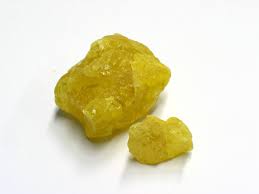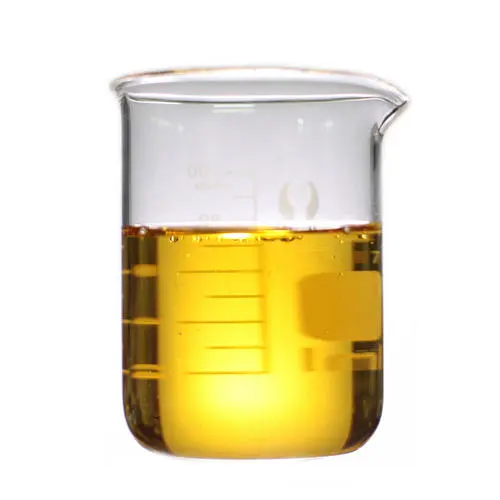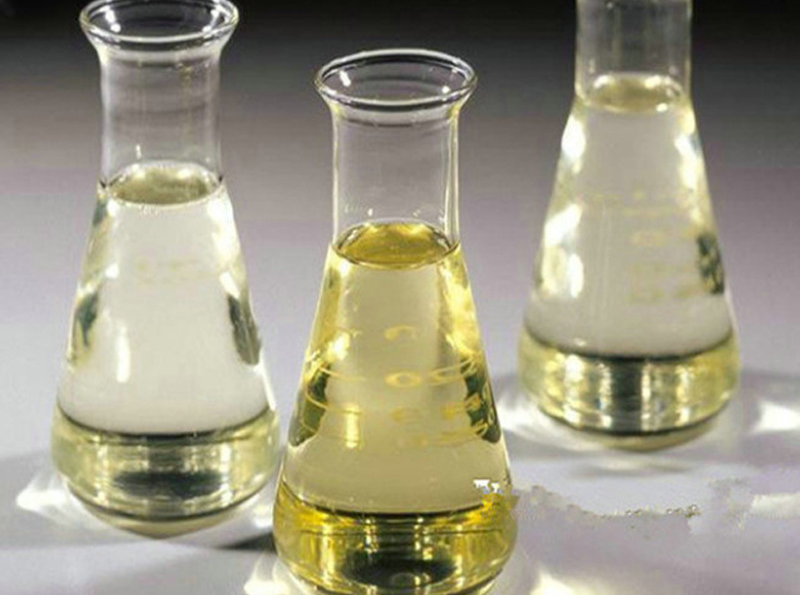That Sudsy Mystery: Why Soap Plays Two Scientific Roles
(Why Is Soap Described As A Detergent? Why Is It Described As A Surfactant?)
We all know soap. It sits by every sink. We use it daily. But have you ever stopped to wonder *what* soap really is? People sometimes call it a detergent. Other times, they call it a surfactant. That sounds confusing. Isn’t soap just… soap? Let’s clear up the bubbles.
Think about washing greasy dishes. Water alone just slides right off the grease. It doesn’t mix. Add soap, and everything changes. The grease breaks up. It rinses away easily. This cleaning power? That’s the detergent part of soap working.
“Detergent” is a broad word. It means any substance that cleans things. It removes dirt, grease, and grime from surfaces. Soap absolutely does this. It lifts away messes from your hands, your clothes, your dishes. So, calling soap a detergent is perfectly accurate. It describes its main job: cleaning stuff.
But *how* does soap achieve this cleaning magic? This is where the other word comes in: surfactant. This is the key to understanding soap’s secret life. “Surfactant” is a mash-up of longer words: “surface-active agent.” Fancy term, simple idea. It means soap messes with surfaces, specifically the surface tension of water.
Picture water droplets beading up on a freshly waxed car. That’s surface tension. Water molecules cling tightly to each other at the surface. This makes water act like a stretched skin. It resists spreading out. This tension also stops water from mixing well with oil or grease. They just don’t get along.
Soap molecules are special. They have a unique shape. Imagine a tiny tadpole. One end loves water (it’s hydrophilic). The other end hates water and loves oil and grease (it’s hydrophobic). When you add soap to water, these molecules rush to the surface. The water-hating tails stick out into the air. They break that strong surface tension. Water can now spread out and wet surfaces much better. This is crucial for cleaning.
The real action happens when soap meets grease. The hydrophobic tails dive straight into the grease blob. They want to escape the water. Meanwhile, the water-loving heads stay happily in the water. Soap molecules surround the grease, trapping it. They form little bubbles called micelles. The grease is now hidden inside, with the water-loving heads facing outwards. This suspended blob of grease can then be rinsed away by the water. Soap didn’t dissolve the grease. It tricked the water into carrying it off.
(Why Is Soap Described As A Detergent? Why Is It Described As A Surfactant?)
So, both terms are correct. They just describe different aspects. “Detergent” tells us *what* soap does: it cleans. “Surfactant” tells us *how* it does it: by acting on surfaces and tensions, letting water wash away oils. Every time you lather up, you’re using a clever little surfactant detergent. It breaks tension, grabs grease, and sends it down the drain. That simple bar or bottle holds some pretty neat chemistry. It solves the age-old problem of oil and water refusing to mix. Next time you wash your hands, remember those busy tadpole molecules working hard. They lower tension, surround dirt, and make rinsing possible. It’s a tiny, everyday miracle in action.
Inquiry us
if you want to want to know more, please feel free to contact us. (nanotrun@yahoo.com)




